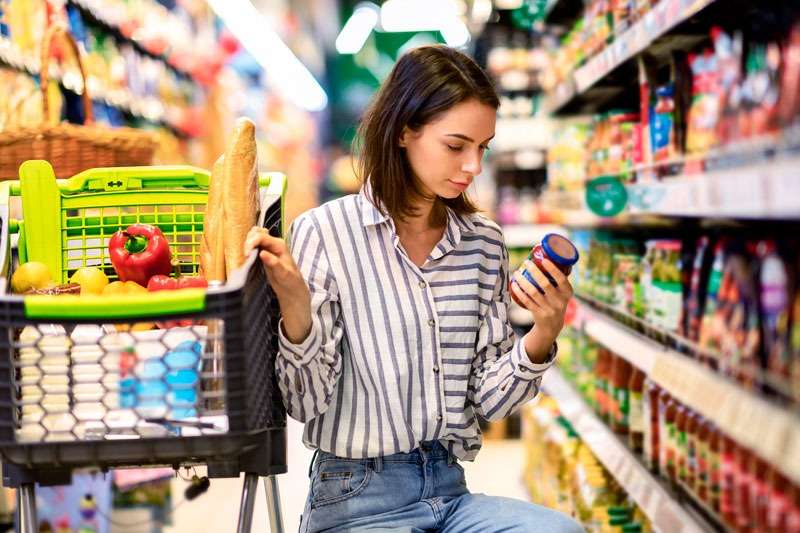It’s a simple formula with long-term impact: reduce, reuse and recycle. Whether we are talking about how we farm and garden, what we eat, how we live or what we do with our trash, it’s vital to take care of our bodies and earth.

Consider opportunities use materials efficiently and reduce your output of waste. The average person throws out more than 1,600 pounds of trash, according to the EPA. However, if you compost, you can save approximately a 1/2 pound per day!

There are 40 million acres of lawn in the U.S. and, according to NASA, it’s the single most irrigated crop. It can take 238 gallons of fresh water (often drinking quality!) per person, per day to keep these lawns pert and verdant.
Reuse materials.
Organic materials such as compost and tree clippings can be used for mulch. Similarly, rainwater can be saved to use for watering. From donating appliances and clothing to saving containers to reuse for storage, learn more about reusing from the EPA.
Recycle to save resources.
This is perhaps the most common way for people to “go green”. However, it’s important to consider the item BEFORE buying it. Can it be recycled? Every product has a limited lifespan. For example, the same piece of paper or plastic can only be recycled two to three times.

Review consumption.
In fact, reviewing is likely one of the most important steps. Make it a habit to take stock of your consumption. For example, what type of waste is your household is producing? Before you buy consider it’s worth, do you need it, can it be reused or recycled? Are there more environmentally friendly alternatives? If not, perhaps it’s time to refuse.
In conclusion, everyone contributes to the world’s waste but how can you reduce your impact? Help prevent greenhouse gas emissions, prevent pollution, save energy, save money and sustain the environment for future generations. The time for change is now.